Trust Us to Keep Radon at Bay!
Radon Removal of Ohio LLC specialize in installing radon mitigation and vapor intrusion systems for residential properties, commercial buildings, and schools, providing tailored solutions to meet your needs.
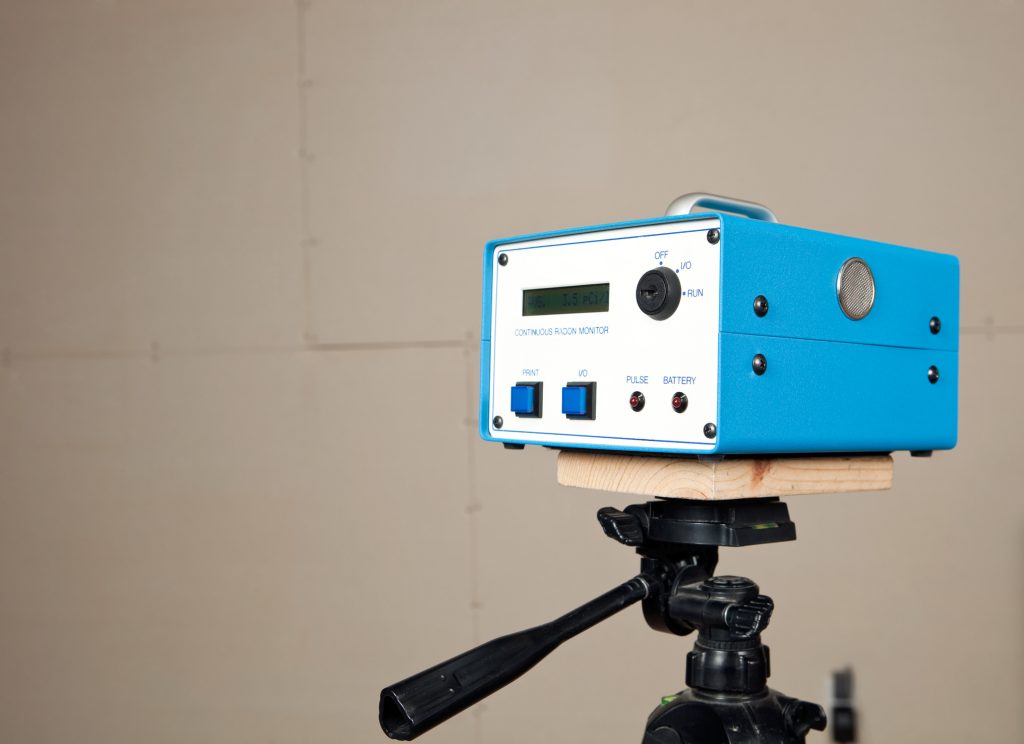
Radon Mitigation?
Radon Removal of Ohio LLC brings the knowledge, experience, and certifications needed to ensure every job is done right the first time. We specialize in installing radon mitigation and vapor intrusion systems for residential properties, commercial buildings, and schools, providing tailored solutions to meet your needs.
No project is too big or small—contact us today for more information or to request an estimate and take the first step toward a safer, healthier environment.
Summit, Stark, Portage, Wayne, Cuyahoga, Medina, Mahoning, & Geauga
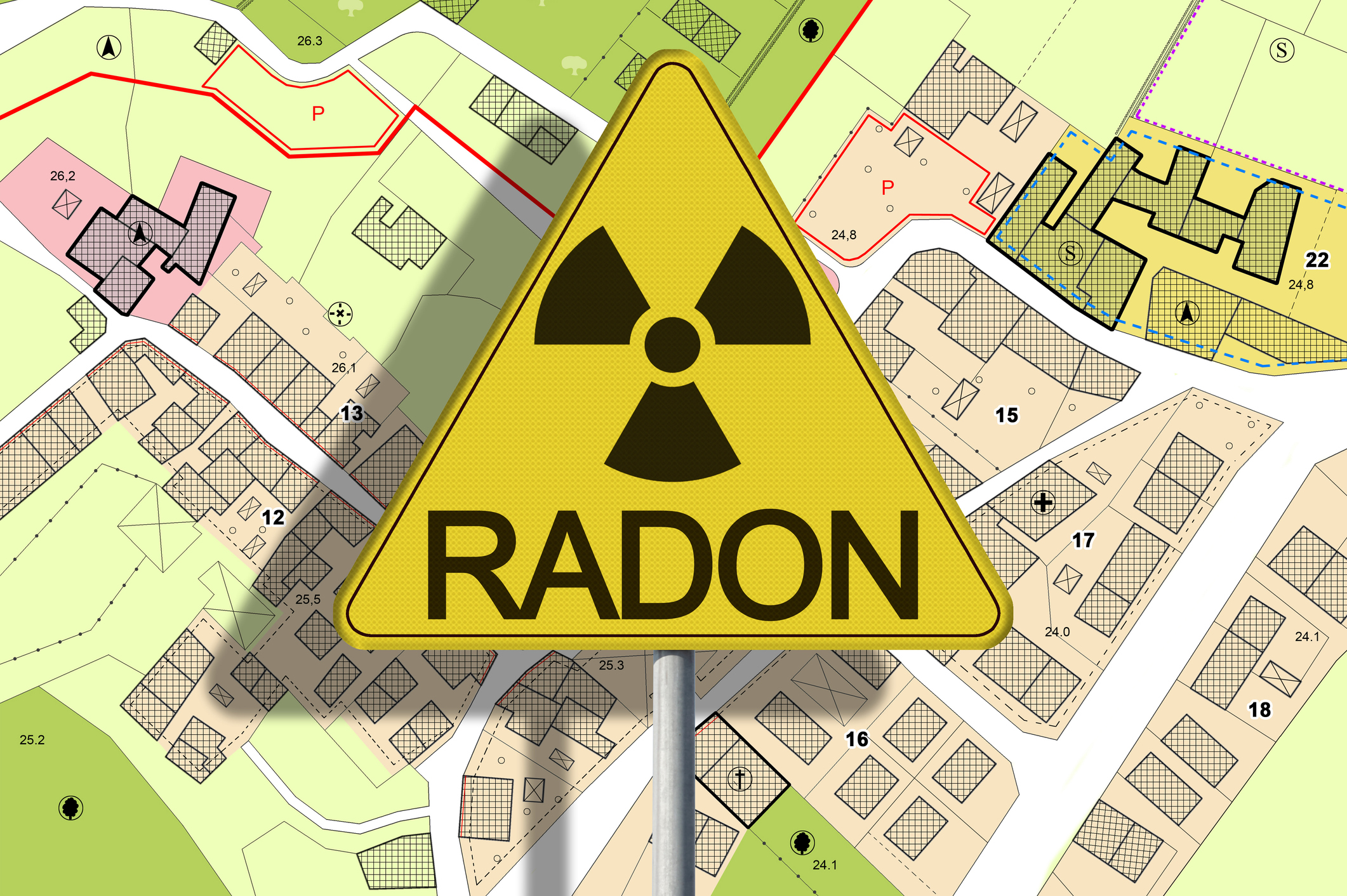
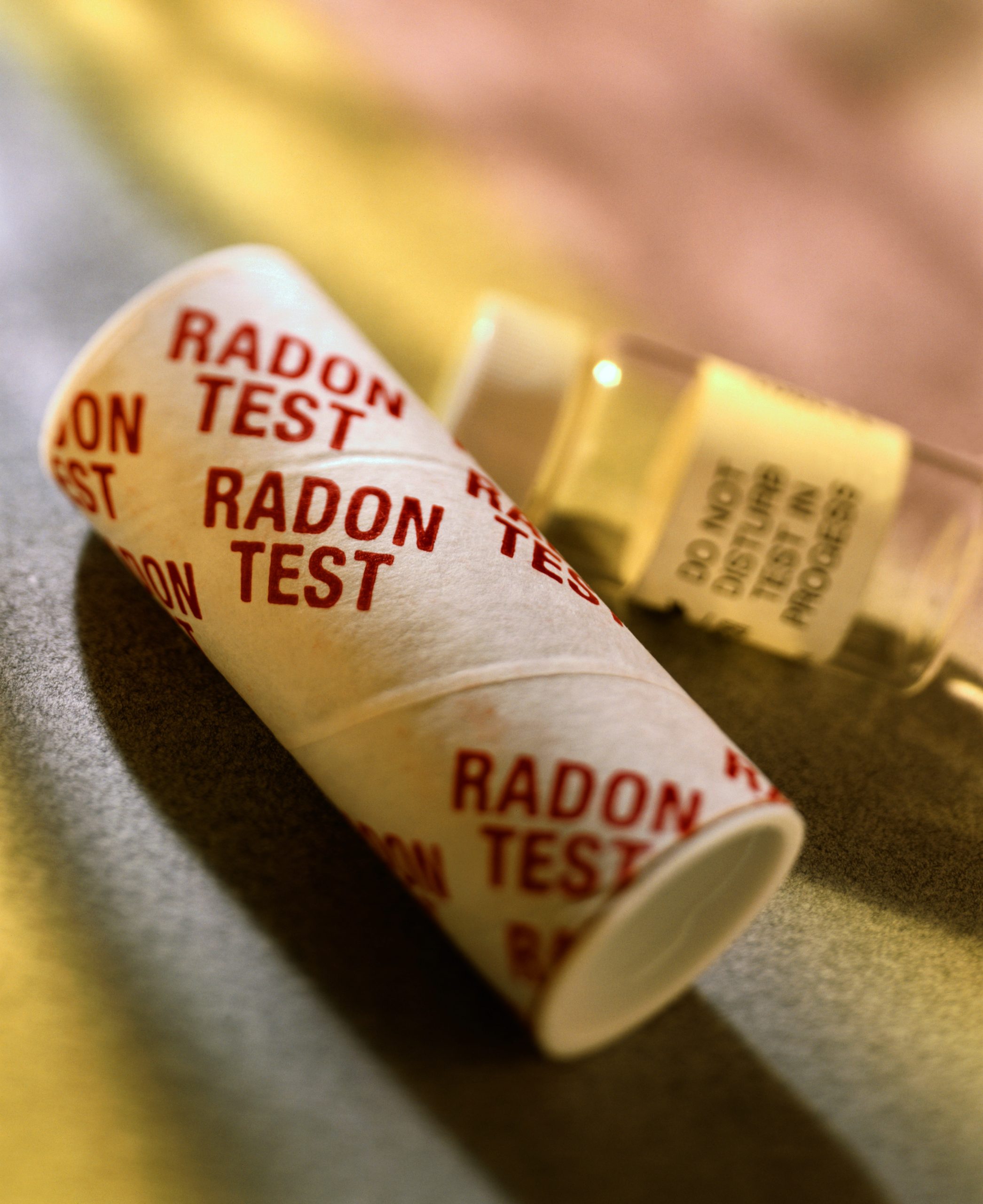
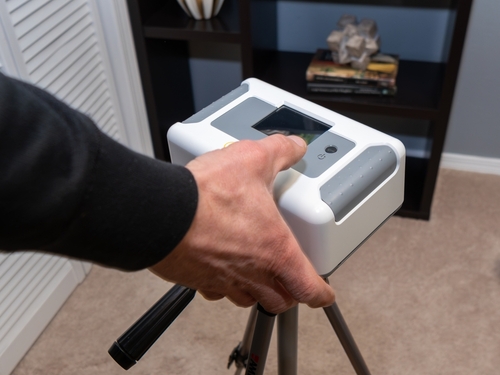
Experience Counts
Knowledgable Staff
Professional Mitigation
Radon & VOC Mitigation Solutions
Radon can infiltrate any building, from homes to commercial properties, posing a serious health risk to everyone inside. That’s why we specialize in professional radon mitigation services for both residential and commercial spaces. Radon is a real and invisible threat, but with our expertise, it’s a problem we can fix. Protect yourself and your loved ones by addressing this silent danger head-on.
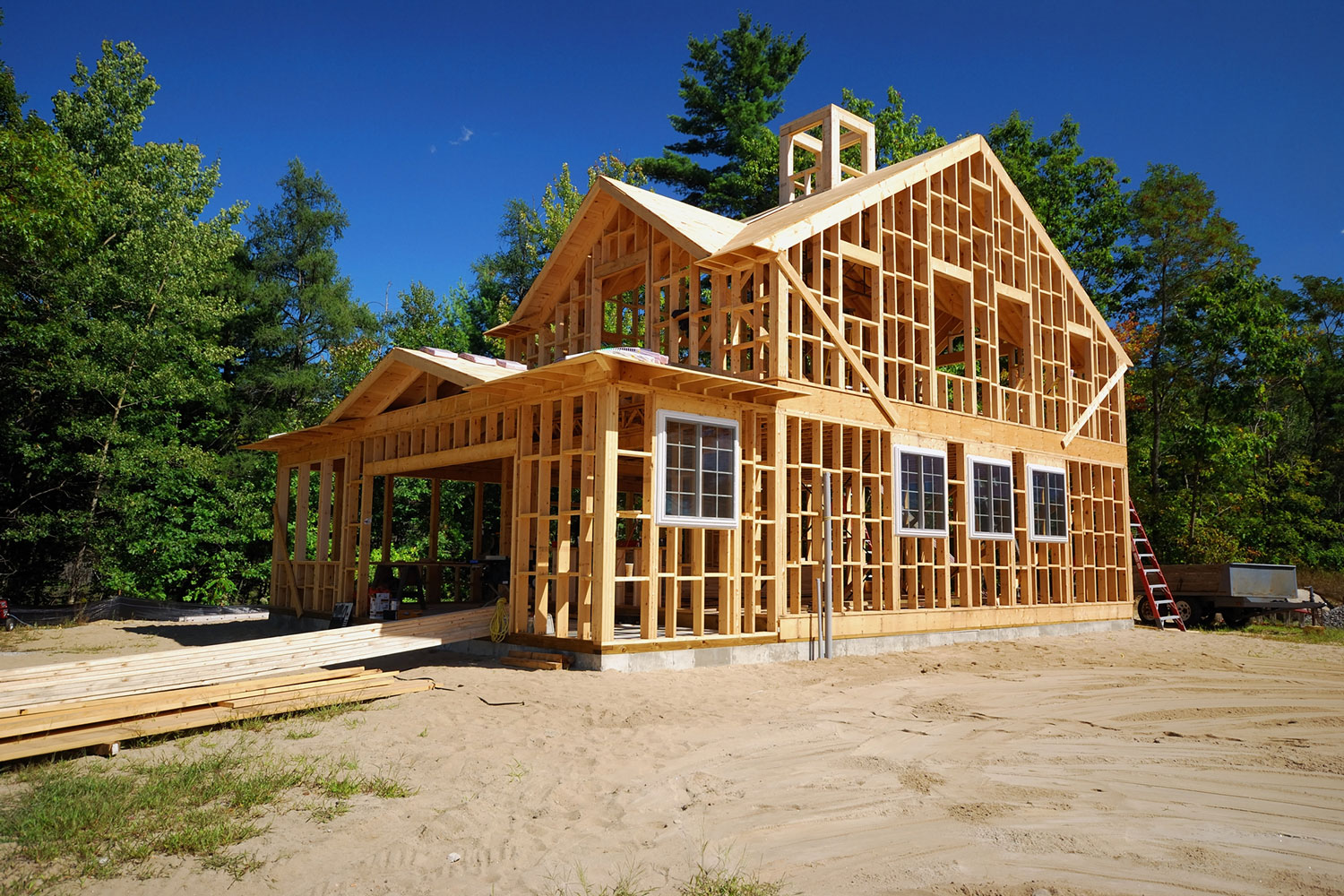
New Construction
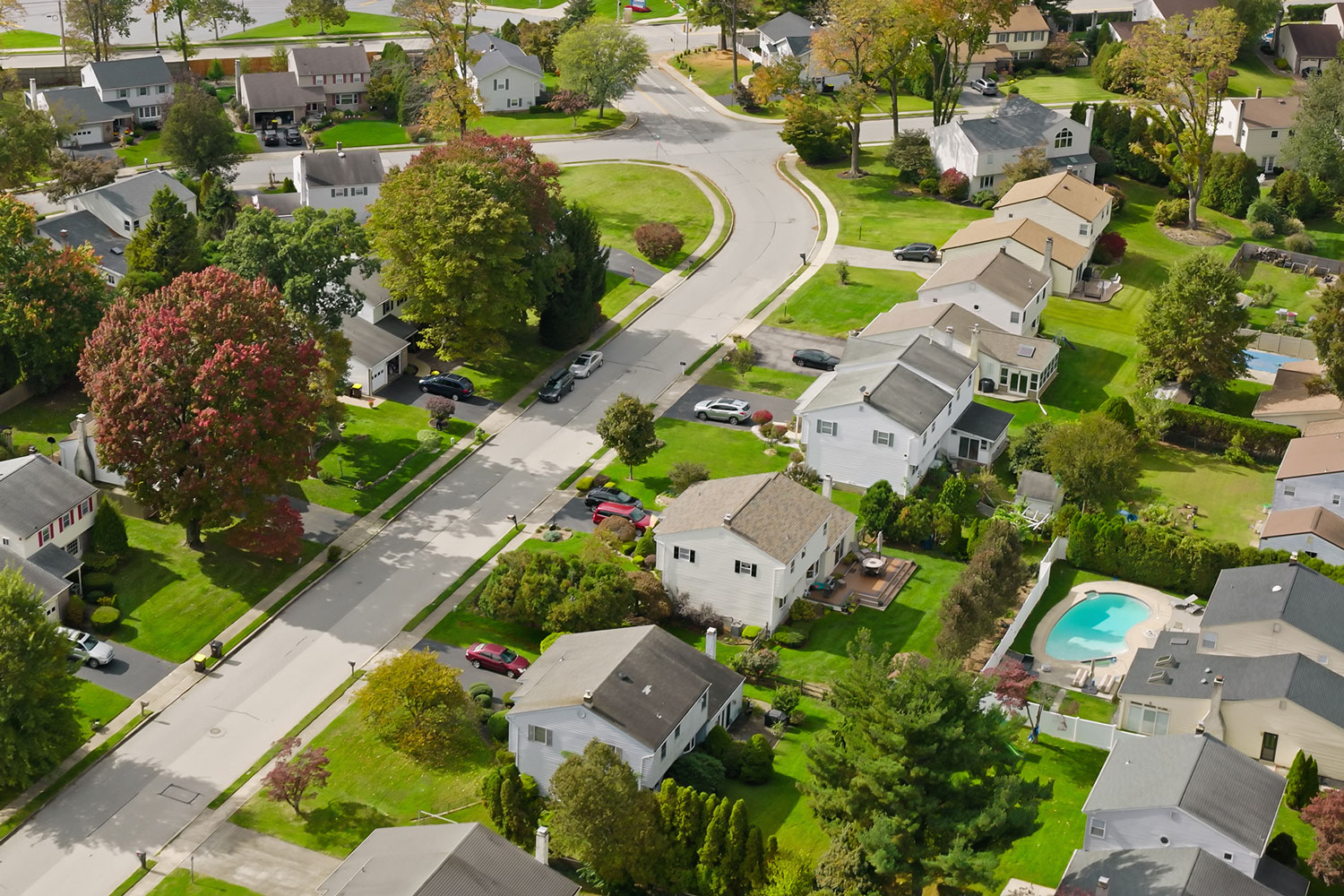
Existing Homes

Office Buildings

School Buildings
Common Radon Questions
See answers to some of the most commonly asked questions about radon. If you have any other questions you can’t find the answer to here, feel free to contact us.
Radon gas has no smell, color, or taste and it originates from Uranium 238 which is a radioactive element. It is naturally occurring and can be found in the soil and well water throughout the world at some level. The decay process of this element eventually becomes radon gas.
Radon is the second leading cause of lung cancer. Radon gas, when breathed into our lungs produces decay products that damage lung tissue. Not everyone exposed to high radon levels will develop lung cancer but the risk is exposure over time. The higher the exposure, the lower the time period to which the chances of causing lung cancer increase. The World Health Organization (WHO) estimates 21,000 lung cancer deaths annually in the United States are attributed to Radon. Approximately 2,900 of these deaths occur among people who have never smoked. If you smoke, you are at an even higher risk of radon exposure.
Radon is real. It is radioactive. It is measurable and its effects are well known. Extensive research on the risk of radon has been performed by the EPA, DEP, and the WHO. Case study information can be found on the respective agency’s websites.
While not recommended, depending on the age and building configuration, it is possible that someone who has the appropriate skills and building knowledge can successfully lower their radon levels. That being said, there are many things to consider when designing and installing a system properly. The sub-slab material type will affect the pressure field extension (how far the fan can effectively draw from a given suction point) requiring more than one suction point in many homes. Crawl spaces, slab-on-grade areas for garages, patios, and porches are also radon sources with higher radon levels. The fan location and points of discharge are also regulated by the radon mitigation standard to prevent radon gas from entering back into the home.
You can stand next to the fan and/or system piping and listen to hear if the fan is running. The U-tube manometer gauge on the system should also show a differential in pressure from one side of the gauge to the other (levels should be uneven). You can also select to have an audible alarm installed so that you will be notified in the event of a fan failure. Finally, test regularly to determine if your system is reducing radon levels below the EPA action level of 4.0pCi/L. The EPA recommends retesting every two years. Relatively inexpensive electronic home monitors are now also available some of which will pair with your mobile device.
If you have a well, you should consider also testing your well water for radon. Radon gas is released from water when it is aerated such as what happens at your shower head and sink faucets. It takes 10,000pCi/L of radon in water to affect 1pCi/L of radon in the air. Based on a National Academy of Science report, the EPA estimates that radon in drinking water causes about 168 deaths annually. We are an authorized installer of the AirWell system which reduces radon at the source BEFORE it enters your home.
Additional Services
- Foundation Crack Sealing
- Stubborn Radon Diagnostics
- Radon Fan Replacement

